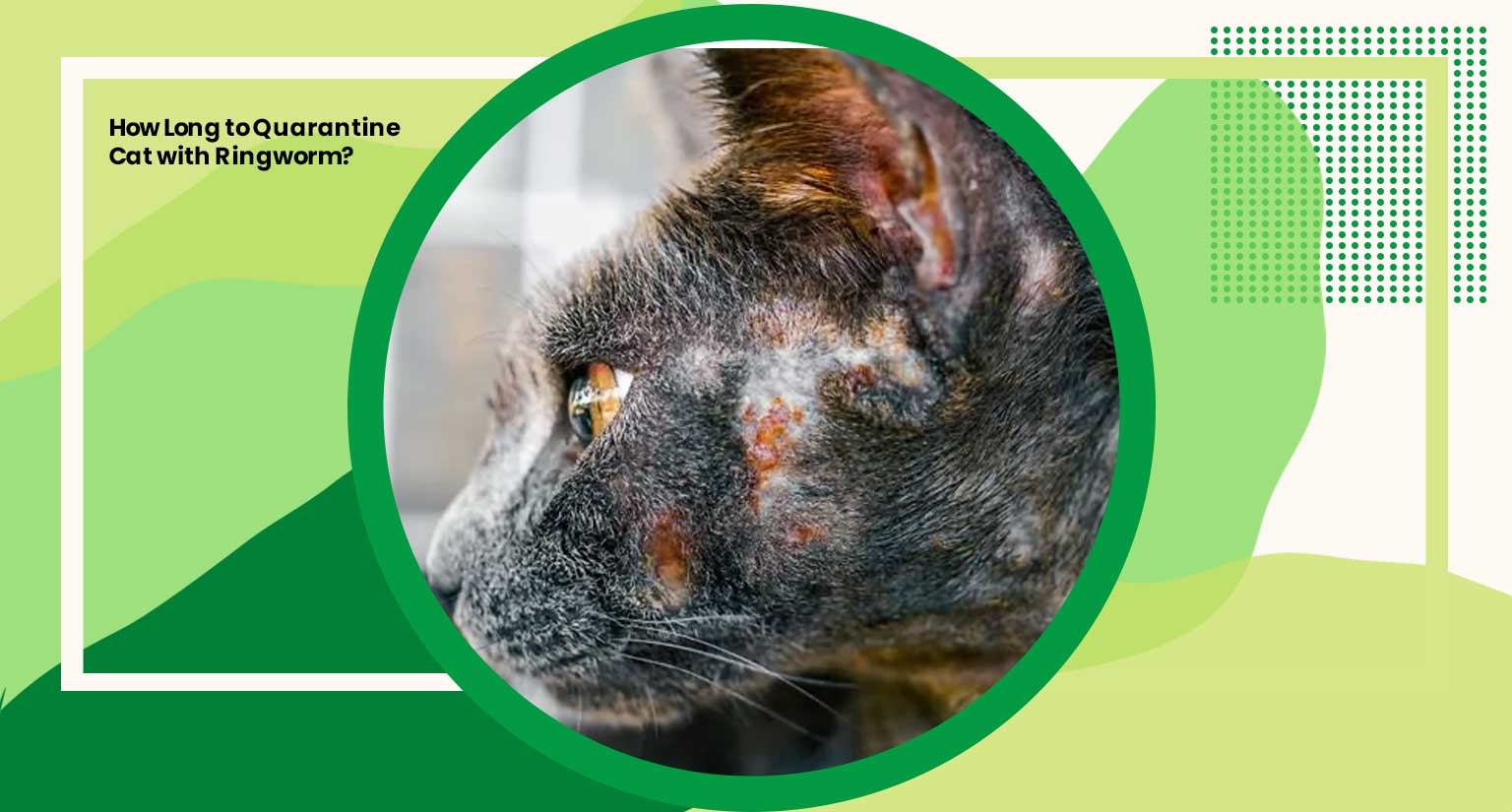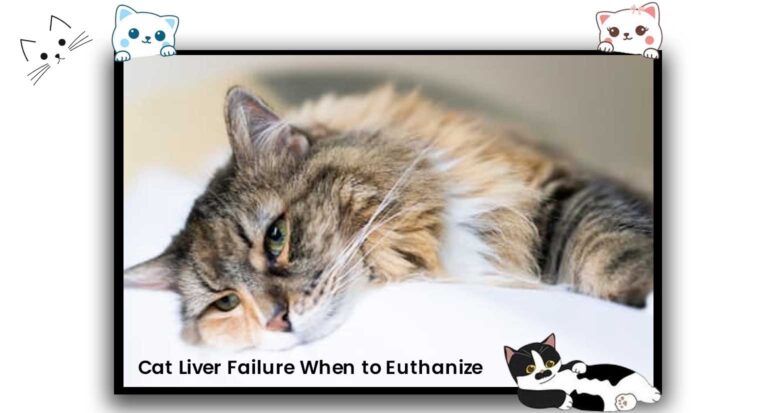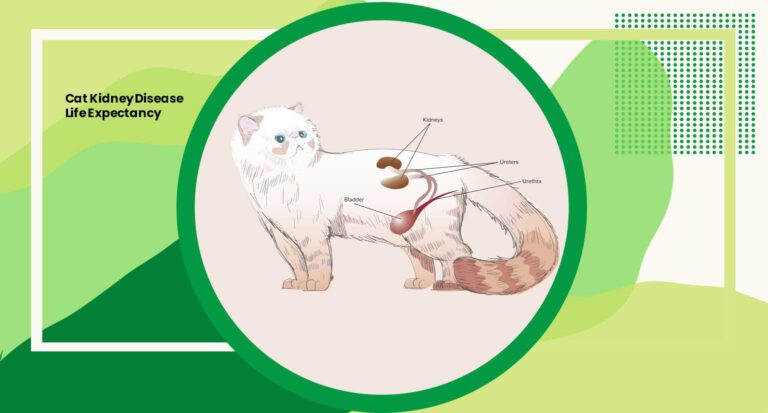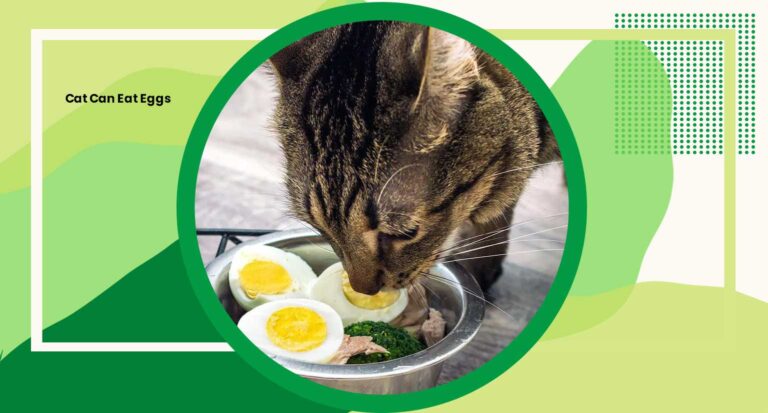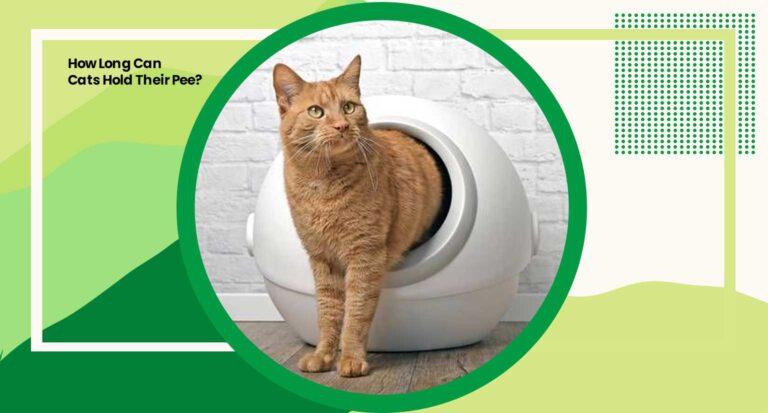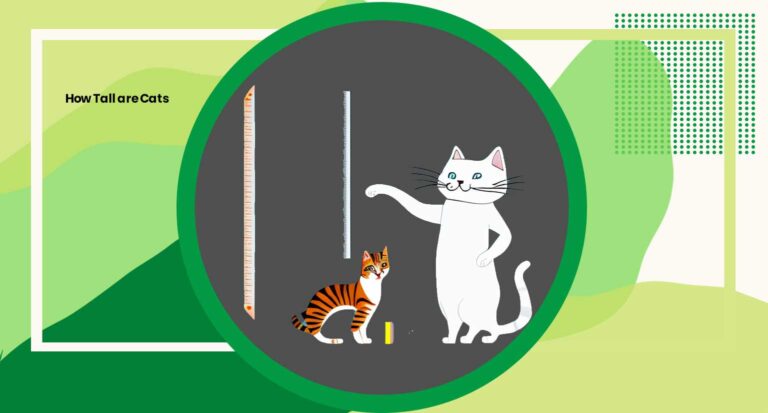How Long to Quarantine Cat with Ringworm?
If you’ve found your way here, chances are you’re concerned about your furry friend and the unsettling possibility of ringworm. Fret not! In this informative guide, we’ll delve into the crucial question: How long to quarantine cat with ringworm?
As a devoted cat owner, your pet’s health is undoubtedly a top priority. Ringworm, a common fungal infection, can be a cause for concern, but with the right knowledge and measures, you can navigate through it seamlessly.
Navigating the Treatment of Ringworm in Your Cat
Ringworm Treatment Process
Now that the initial concern has been addressed, let’s dive into the nitty-gritty of treating ringworm in your beloved cat.
When it comes to feline health, a proactive approach is key. Begin by consulting with your veterinarian to confirm the diagnosis and establish a customized treatment plan.
Duration of Treatment and Medication
The journey to recovery involves a combination of antifungal medications and diligent care. The duration of treatment can vary, typically spanning several weeks.
Administer prescribed medications consistently, adhering to the recommended dosage to ensure effective results.
Importance of Quarantine
During the treatment phase, it’s crucial to adhere to a strict quarantine protocol. Isolate the infected cat to prevent the spread of ringworm to other pets or family members.
Maintain a sanitized environment, regularly disinfecting bedding, toys, and living spaces to eliminate any lingering fungal spores.
Regular Vet Check-ups
Regular follow-up visits with your veterinarian are essential to monitor the progress of the treatment.
These check-ups allow adjustments to the medication or treatment plan if needed, ensuring that your cat is on the right path to recovery.
How to Treat Your Cat Affected by Ringworm?
First Step to Recovery
The initial and most crucial step in treating ringworm is consulting with a qualified veterinarian.
Professional diagnosis ensures accurate identification of the fungal infection and enables the formulation of a tailored treatment plan for your feline friend.
Topical Antifungal Medications
Your veterinarian may prescribe topical antifungal medications to directly treat the affected areas on your cat’s skin.
Follow the application instructions diligently, and be sure to wear gloves to prevent the spread of the infection to yourself or others.
Oral Antifungal Medications
In some cases, oral antifungal medications may be recommended. These medications work from the inside out, combating the ringworm infection systemically.
Administer the prescribed dosage as directed, and monitor your cat for any potential side effects.
Environmental Cleaning and Quarantine
Creating a clean and controlled environment is crucial in the treatment process. Regularly clean and disinfect your cat’s living spaces, including bedding, toys, and grooming tools.
Implement a quarantine strategy to prevent the spread of ringworm to other pets or family members.
Nutritional Support for Healing
Support your cat’s immune system with a balanced and nutritious diet.
Consult your veterinarian for guidance on supplements or dietary changes that may aid in the healing process and strengthen your cat’s overall well-being.
Can I Safely Touch My Cat with Ringworm?
It’s a common concern for pet owners facing a ringworm diagnosis: Can I safely touch my cat without risking infection? The answer lies in a balanced approach that considers both your pet’s well-being and your health.
Protective Measures for Pet Owners
While it’s essential to provide comfort and care to your furry friend, taking precautions is paramount.
Wear disposable gloves when handling your cat, especially when applying topical medications or engaging in activities that involve direct contact with affected areas. T
his minimizes the risk of contracting ringworm yourself.
Regular Handwashing: A Simple Yet Effective Habit
Frequent handwashing is a powerful preventive measure.
Thoroughly wash your hands with soap and water after touching your cat, its belongings, or any surfaces in its living area. This reduces the likelihood of fungal spores transferring to your skin and causing an infection.
Limited Contact During Treatment
During the active phase of treatment, consider limiting direct contact with your cat. This precautionary measure helps prevent the spread of ringworm to other parts of your cat’s body and reduces the risk of transmission to you or other household members.
Duration to Rid Your Cat of Ringworm
The journey to rid your cat of ringworm is a process that demands both patience and persistence. The duration of treatment can vary based on several factors:
- Severity of the Infection: The extent of the ringworm infection plays a significant role. More severe cases may require a more extended treatment period.
- Consistency in Treatment: Adhering to the prescribed treatment plan diligently is crucial. Regular administration of medications and consistent environmental cleaning contribute to a more effective and swifter recovery.
- Individual Cat’s Immune Response: Each cat’s immune system responds differently to treatment. Factors such as age, overall health, and underlying conditions can influence how quickly the cat overcomes the infection.
Typical Timeframe for Ringworm Recovery
On average, a cat undergoing treatment for ringworm may start showing improvement within the first few weeks.
However, complete resolution may take several weeks to a few months. It’s essential to continue the treatment as prescribed by your veterinarian, even if visible symptoms subside, to ensure the elimination of any lingering fungal spores.
Regular Vet Check-ups for Progress Assessment
Regular check-ups with your veterinarian are crucial for monitoring the progress of the treatment.
These appointments allow for adjustments to the treatment plan if needed and provide reassurance that your cat is on the right track to a full recovery.
How Long Does It Take to Rid Your Cat of Ringworm?
The duration of ringworm treatment for cats can vary, and it’s important to approach it with patience and diligence.
The following insights provide a general timeline, but keep in mind that individual cases may differ based on factors such as the severity of the infection and the effectiveness of the chosen treatment plan.
Early Days: Initiating Treatment
Upon initiating treatment, you may notice some improvement in your cat’s condition within the first few weeks.
This initial phase is crucial for assessing the response to prescribed medications and implementing necessary adjustments to the treatment plan.
Midway Mark: Monitoring Progress
As the treatment progresses, typically within the first month, a significant reduction in ringworm symptoms should be evident.
Regular veterinary check-ups play a crucial role during this stage, allowing for any necessary modifications to the treatment protocol based on the observed progress.
Complete Resolution: A Few Weeks to Months
The complete resolution of ringworm in cats may take several weeks to a few months.
Factors such as the cat’s overall health, the promptness of treatment initiation, and adherence to the prescribed care routine can influence the timeline.
Be vigilant for any lingering symptoms and continue treatment as advised by your veterinarian until they declare your cat ringworm-free.
Post-Treatment Vigilance
Even after the visible symptoms have disappeared, continue monitoring your cat for a certain period to ensure that the infection is fully eradicated.
Your veterinarian may recommend follow-up tests to confirm the absence of fungal elements and provide the green light for resuming normal activities.
Every cat is unique, and the timeline for ringworm recovery may vary.
Patience, consistency in treatment, and open communication with your veterinarian are key elements in ensuring a successful and complete resolution of ringworm in your feline companion.
Ringworm-Free Future for Your Feline Companion
Congratulations on navigating through the intricacies of ringworm and taking proactive steps to safeguard the health of your beloved cat.
As we conclude this guide, let’s recap the key points to ensure a ringworm-free future for your feline friend.
Swift Veterinary Action
The journey begins with prompt veterinary consultation. By seeking professional guidance, you set the foundation for an accurate diagnosis and a tailored treatment plan, setting your cat on the path to recovery.
Consistent Treatment and Quarantine
Adherence to the prescribed treatment plan is paramount. Whether it involves topical or oral medications, coupled with a diligent cleaning routine and quarantine measures, consistency is key to combatting ringworm effectively.
Protective Measures for Pet Owners
While providing care to your cat, adopt protective measures to minimize the risk of infection to yourself and others. Utilize gloves, practice regular handwashing, and, when necessary, limit direct contact during the active phase of treatment.
Patience and Vigilance
Understanding the timeline for ringworm recovery, staying vigilant for any lingering symptoms, and practicing patience throughout the treatment process are crucial. Regular veterinary check-ups ensure that your cat is on the right track to complete healing.
Your commitment to your cat’s well-being and the guidance of your veterinarian are powerful allies against ringworm.

